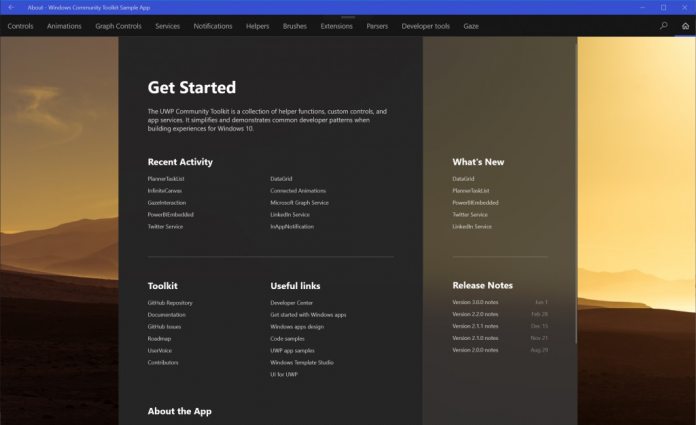Microsoft has quickly followed up the recent release of Windows Community Toolkit 3.0 with the launch of version 4.0. The latest release for the developer-focused open source service introduced several improvements. Users will also be happy to some new additions making their way to the toolkit.
Windows Community Toolkit is an entirely open-source project that lets the developer community collaborate to introduce new capabilities on top the SDK. By removing code, the service makes it easy for even development newbies to create UWP content.
The company is continuing to expand the influence of Fluent Design. Microsoft’s Windows 10 UI design language is an evolving aesthetic first introduced last year. Fluent Designis now found on the New DataGrid. The company points out this is for Universal Windows Platform (UWP) developers.
Two new Microsoft Graph control have been added to give developers more tools to work with. Microsoft has also made some more general improvements, such as several services moving to .NET Standard.
You can check out the full changelog for Windows Community Toolkit 4.0 below:
- New DataGrid with fluent design for all UWP developers
- Two new Microsoft Graph controls. PowerBIEmbedded enables embedding PowerBI dashboards in your UWP apps and PlannerTasksList allows users to work with Microsoft Planner tasks
- The Twitter, LinkedIn, and Microsoft Translator services have moved to the .NET Standard services package and available to even more developers, including desktop and Xamarin developers
- Strong-named packages for those developers that require strong-named assemblies
- Dark theme support for the sample app and theme chooser for each sample
Update
As usual, the toolkit is available for users to manually install, or can be automatically taken through the Windows Developer Blog. Lastly, the files for the update are also available in the official GitHub repository.






